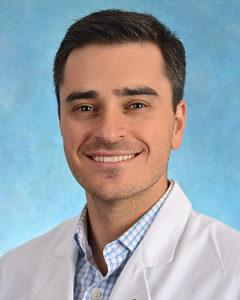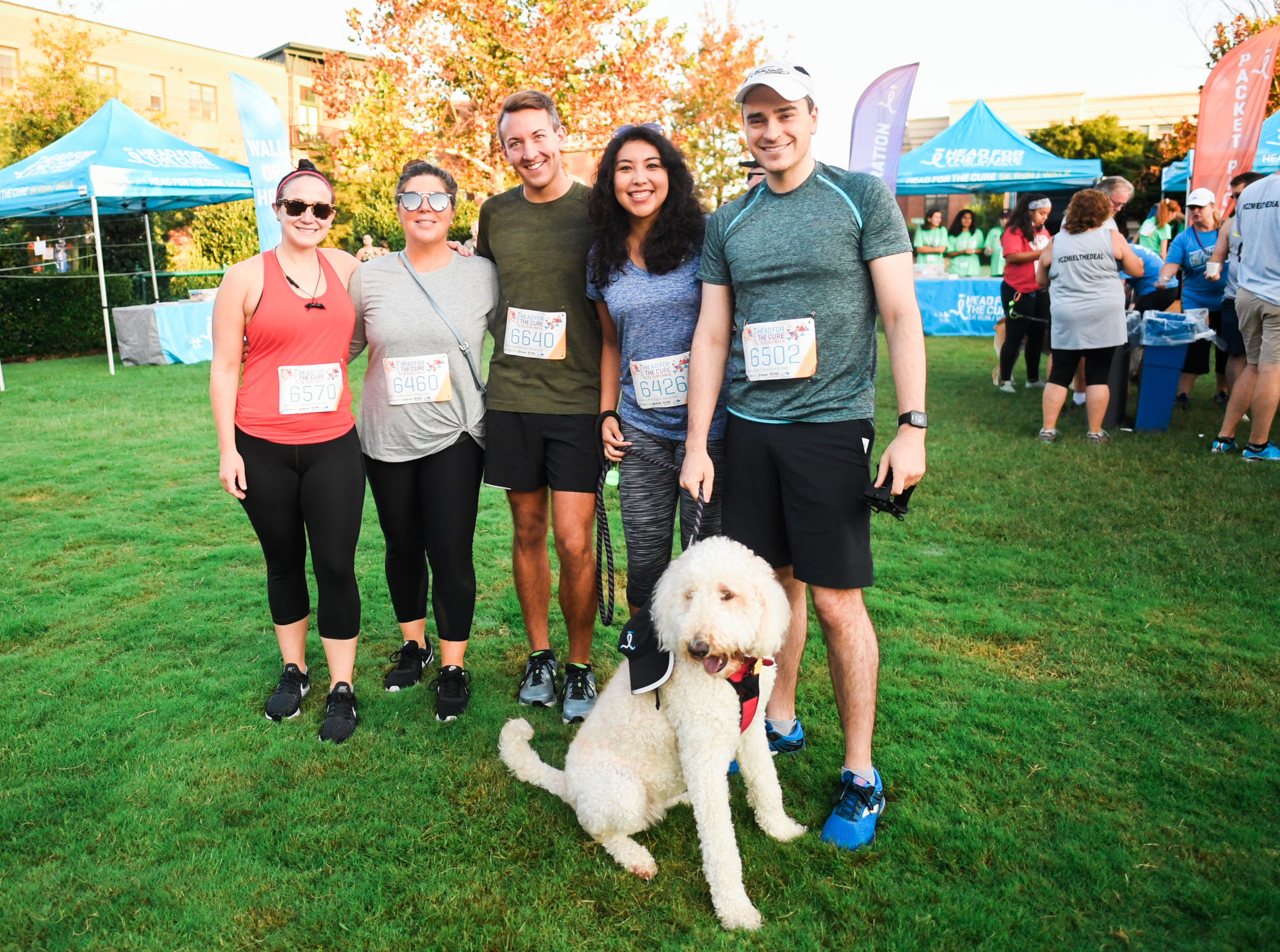
Written by Head for the Cure Ambassador, Dr. Simon Khagi.
Dr. Khagi is an Assistant Professor of Medicine and Neurosurgery at the University of North Carolina, Director of the UNC Neuro-Oncology Program, and the Director of the UNC Brain Metastases Program.
Initial Diagnosis
Receiving a diagnosis of a brain tumor is a scary experience. When patients and families face such a diagnosis for the first time, clinical trial participation may be the last thing on their minds. And who could be blamed? With appointments, surgeries, brain scans, and talk of chemotherapy and radiation, there is seldom a chance to consider what a clinical trial might be and where it may fit in to a patient’s journey.
When a patient or loved one is diagnosed with an aggressive brain tumor, clinical trials could play an important role in their care. However, when meeting their oncologist for the first time, very few patients know to ask about clinical trials for their particular diagnosis. Even fewer patients are familiar with the complex process of enrolling in a clinical trial. Thus, we’ll focus our discussion on some of the key initial aspects of participating in a study.
Glioblastoma Clinical Trials
In the case of glioblastoma, there are several scenarios to initiate a trial. One scenario involves studies that are evaluating the efficacy of an intervention that could be combined with surgery. These kinds of trials are rare and usually require that a patient already had a biopsy to confirm the diagnosis or had an MRI that is highly suggestive of a glioblastoma. These trials are typically run at high volume academic centers with significant expertise in the management of brain tumor patients.
The two more common scenarios are those that have the patient enroll prior to the start of combined chemotherapy and radiation (“chemoradiation”), or at the time of glioblastoma recurrence (i.e. progression of disease). In either scenario, a patient needs to be willing and able to consent for a clinical trial. This is an important aspect of any trial and at any stage of a patient cancer journey. The consent process should clearly explain the rationale for a study, the potential risks involved, as well as the time commitments it would take to undergo study-related procedures and visits.
The consent process also ties into the overall screening of a patient. Screening entails the evaluation of a patient by a health care provider (HCP) in order to ascertain if a patient fits the overall criteria for a clinical trial. A physical and neurologic exam are key components of HCPs evaluation. Patient who are too sick, have difficulty with cognition, and are generally suffering from advanced neurologic decline will have difficulty passing a screening evaluation for clinical study enrollment. Blood work is also obtained at this time and used to make a screening assessment.
Clinical Trial Criteria
The minimum criteria for a clinical trial are important to consider when thinking about participation. In general, studies are composed in such a way to as enroll patients (i.e. subjects) that can (a) tolerate experimental therapies and (b) remain in the study long enough to provide valuable information about the impact of an intervention. Criteria encompasses general aspects of health (e.g. good blood pressure control, a reasonably healthy immune system, good liver and kidney function, etc.), as well as aspects that may pertain specifically to the study (e.g. not having been exposed to a similar drug that is being tested or not having a specific condition that could make a patient more sick when exposed to a study drug, etc.).

Enrollment criteria are also different depending on the above scenarios (newly diagnosed, pre-chemoradiation, and at disease progression). Each scenario will carry its own set of “rules” that apply to the study. For example, patients who have yet to start chemoradiation, may need to have their radiotherapy performed at the center that’s running the particular trial and administering the study intervention. This may involve traveling long distances or possibly relocating temporarily in order to be closer to the study site. In the setting of disease progression, patients may need to meet very specific requirements for things like tumor size, location, genetic make-up of the disease, and potentially a whole list of other qualities depending on the intervention that is being investigated.
Medicine Meets Art
Overall, studies are written with the patient’s safety in mind. The general philosophy in medicine is to “first, do no harm”. This principle continues to guide the composition of clinical studies in the field of neuro-oncology. But, as in any field of cancer medicine, the specific attributes of an aggressive disease will dictate how a trial can be written, that will then be superimposed onto how investigators think a medicine can help in that setting. The task for an investigating oncologist is to balance the need to get much-needed treatments from the lab to the patient as quickly as possible, with the societal obligation to compose studies that minimize the risk of harm to vulnerable patients and families. This is where “medicine” meets “art”. And practice (and experience) makes for better studies.

